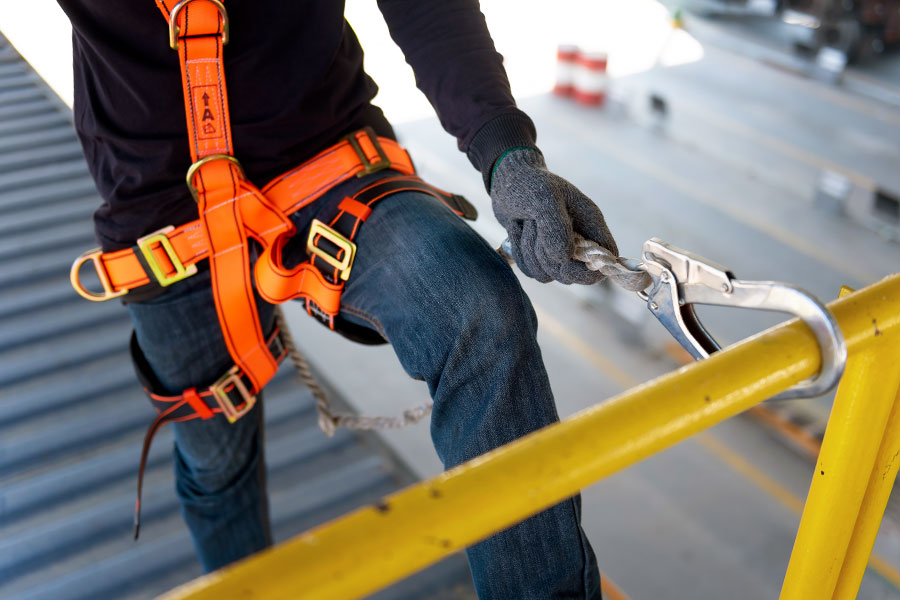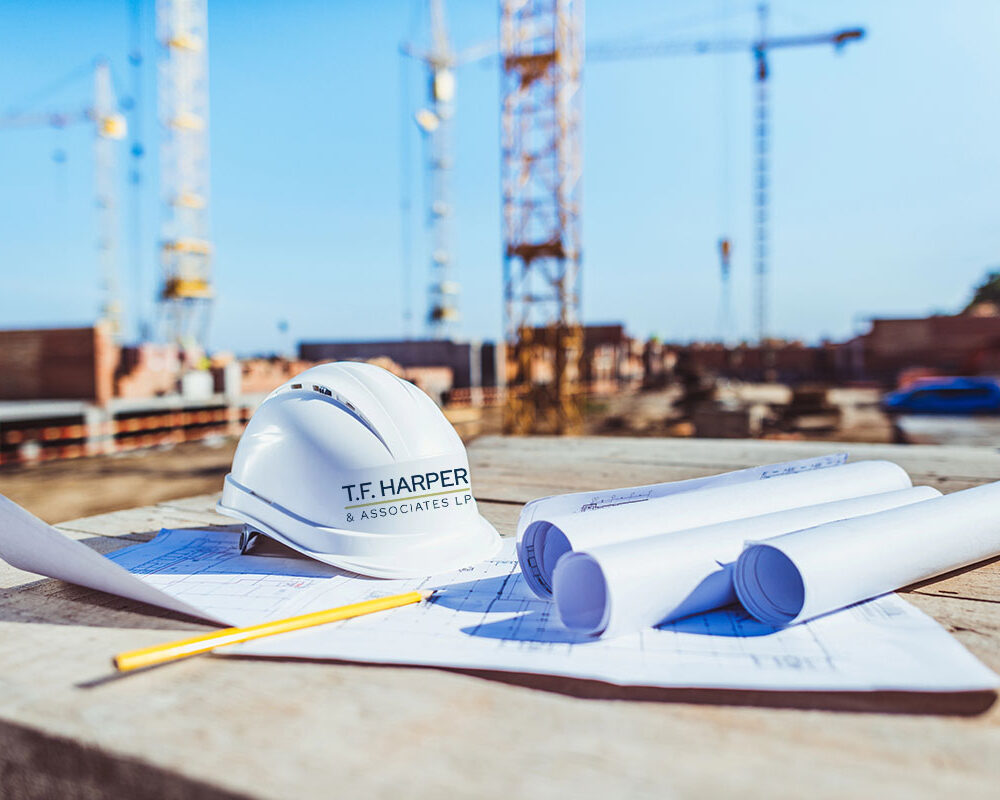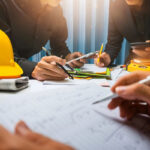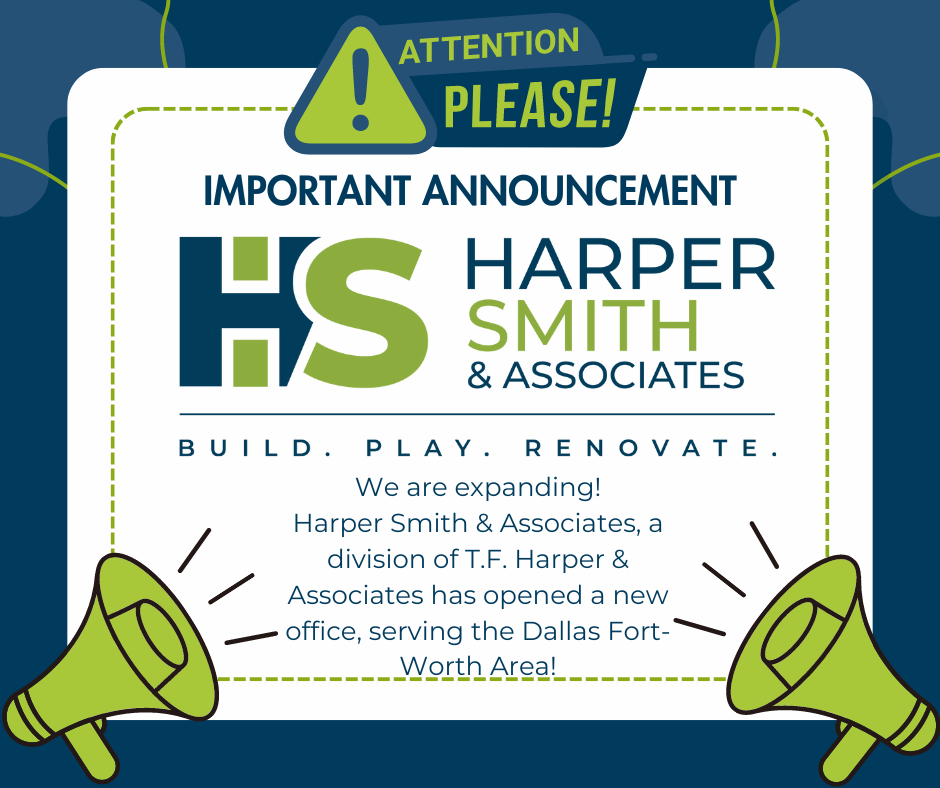Construction sites can often be seen as an unorganized and hazardous workplace however, experienced construction companies have systems in place to limit the hazards. Additionally, what may seem like unorganized chaos is typically a very well orchestrated working model. One main hazard that people often worry about on construction sites is falls but there are many safety measures that can be put into place to help avoid these types of incidents. There are two main types of construction site falls, non-height related and height related, and there are simple preventions for each.
Non-Height Related Fall Reduction
All falls at construction sites are not a result of working from a raised surface. Due to the innate hazards of an active construction site there are certain measures that can be taken to prevent construction workers from falling unexpectedly.
- Ensure that all open holes are covered. This will prevent workers from unexpectedly falling into an open hole. The best way to cover an open hole is with a floor hole cover or a toe board. For added safety you may even put a guard rail around the hole.
- Provide protection around elevated, open-sided platforms, floors, and runways. By placing a railing around these types of work surfaces you can ensure that no employee accidentally falls or walks into them.
- Protect dangerous machinery. No matter what the height of the equipment is, it is imperative that guardrails and toe boards are used to protect workers from falling into open machinery or equipment.
Height Related Fall Protections
1. Fall Arrest
This type of fall protection is required by OSHA any time a worker is exposed to a fall hazard. OSHA defines a fall hazard as “a drop of 6 feet or more from a working/walking surface to a lower level or grade.” However, there are some exceptions such as if a worker is working from a ladder or scaffolding. Fall arrest equipment is typically composed of three parts; body harness, lanyard, anchor point. The body harness must be rated to hold 310 pounds (person and tools) and it must be used with an anchorage and deceleration device that limit the impact force to 1,800 pounds or less. There are different types of lanyards you may consider based on you needs. Finally, the anchor point must be engineered and installed by a qualified person and able to tolerate 5000 pounds or twice the weight of a person free falling from 6 feet.
2. Positioning
A positioning system allows the worker to sit in the harness while they are doing their job and is not designed to catch someone if they fall. The positioning system must also use a fall arrest system that includes body belts, harnesses, and other components.
3. Retrieval
Also known as a rescue plan, OSHA does not have any suggestions or specifications only that one must be put in place.
4. Suspension
This kind of fall protection system is most commonly used by window washers and painters. A suspension system is able to raise, lower, and support the individual that is working and it must also be used along with a suspension system.
Find a Responsible Construction Company in Austin
If you’re beginning a new construction project, you need to work with a company that considers the on-site workers’ safety as a top priority. Contact T.F. Harper to learn more about what we do to ensure that all workers involved in our projects are properly protected against falls and other job site hazards.






